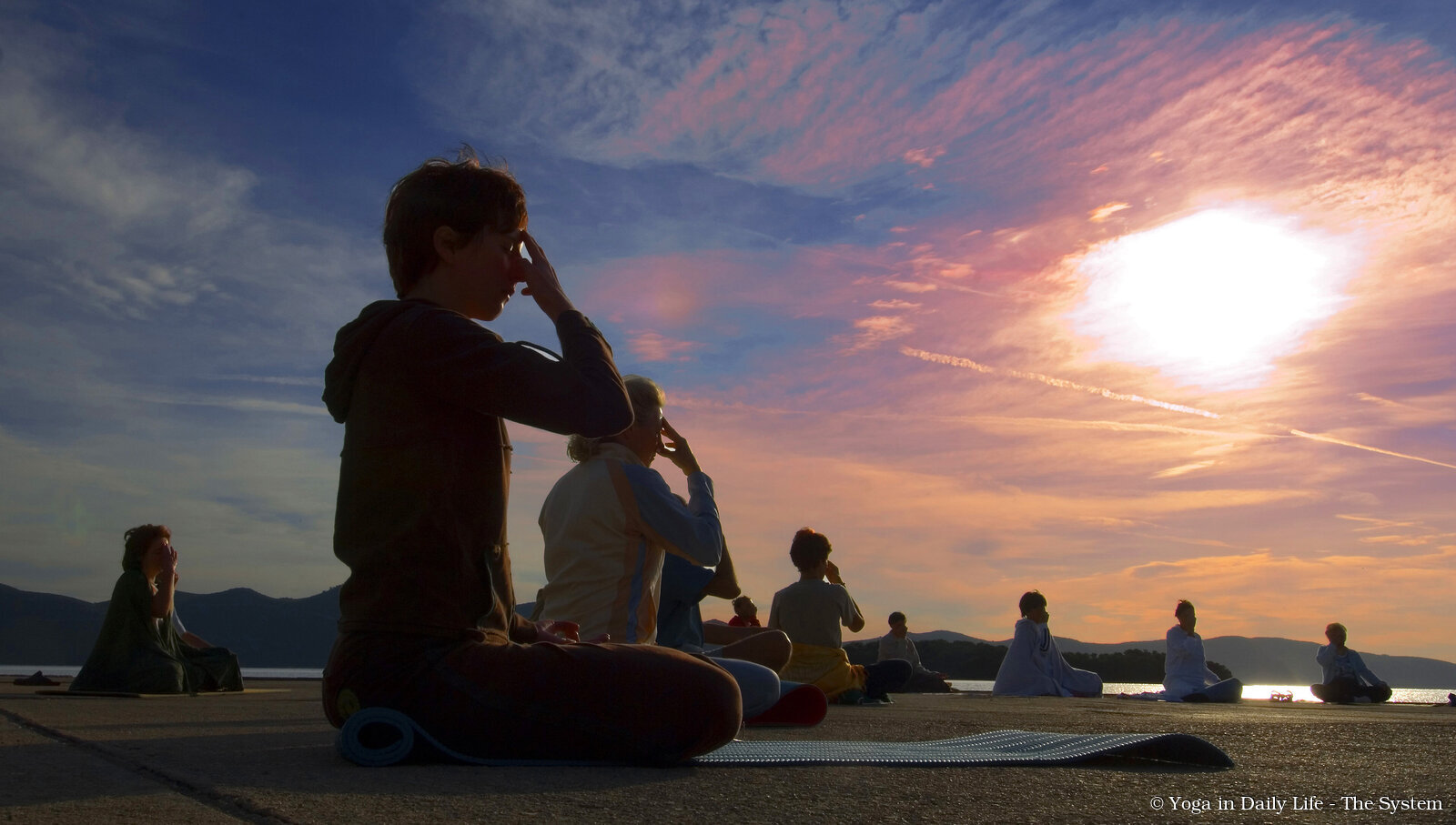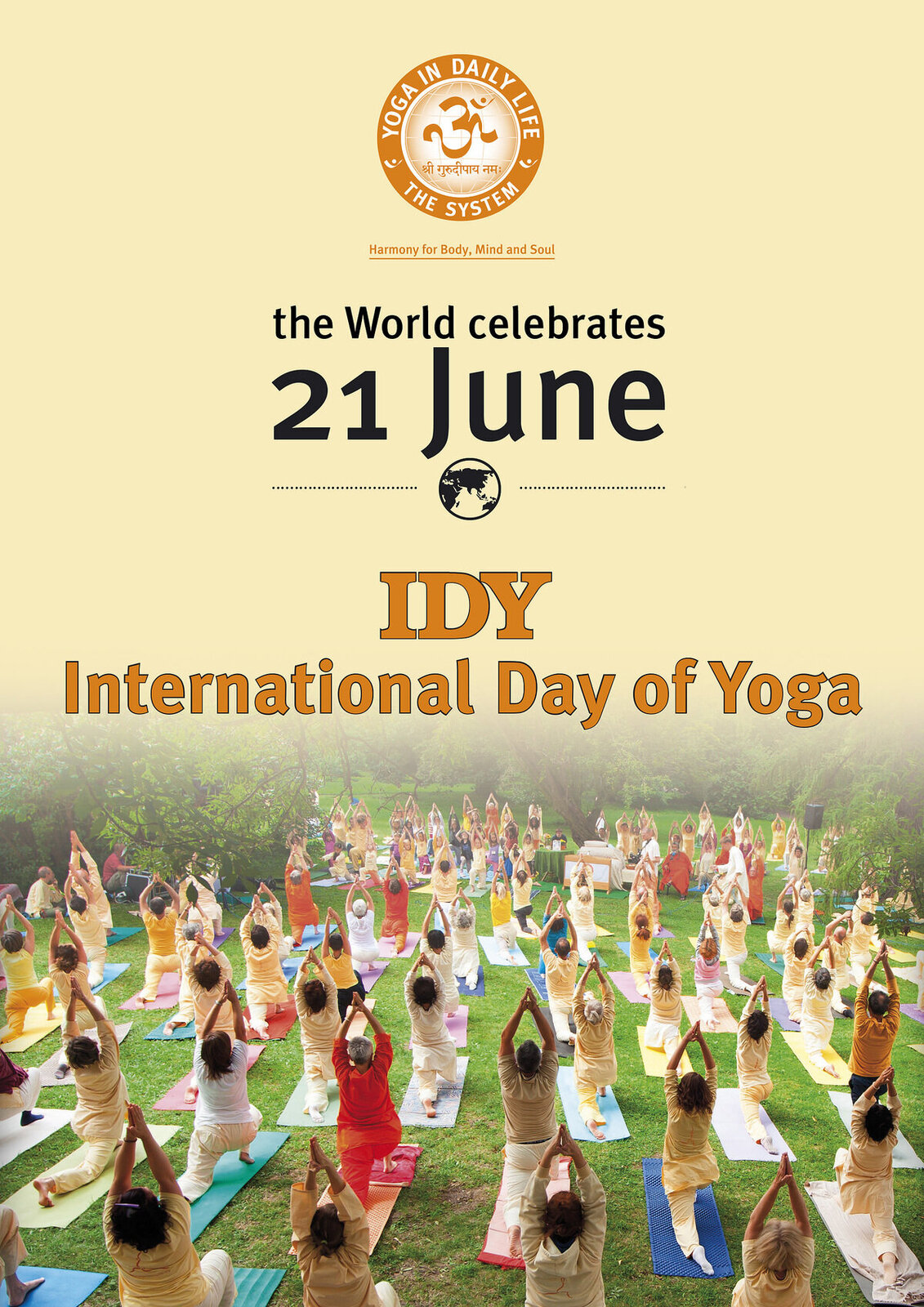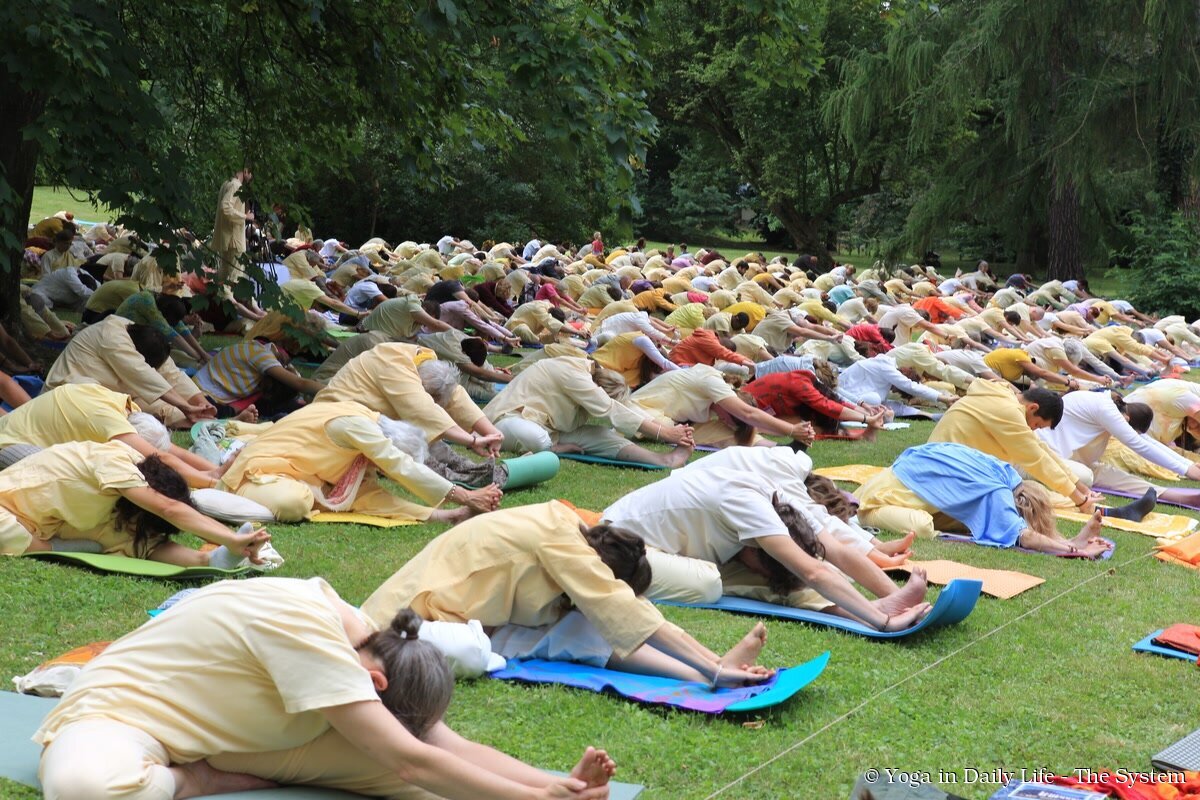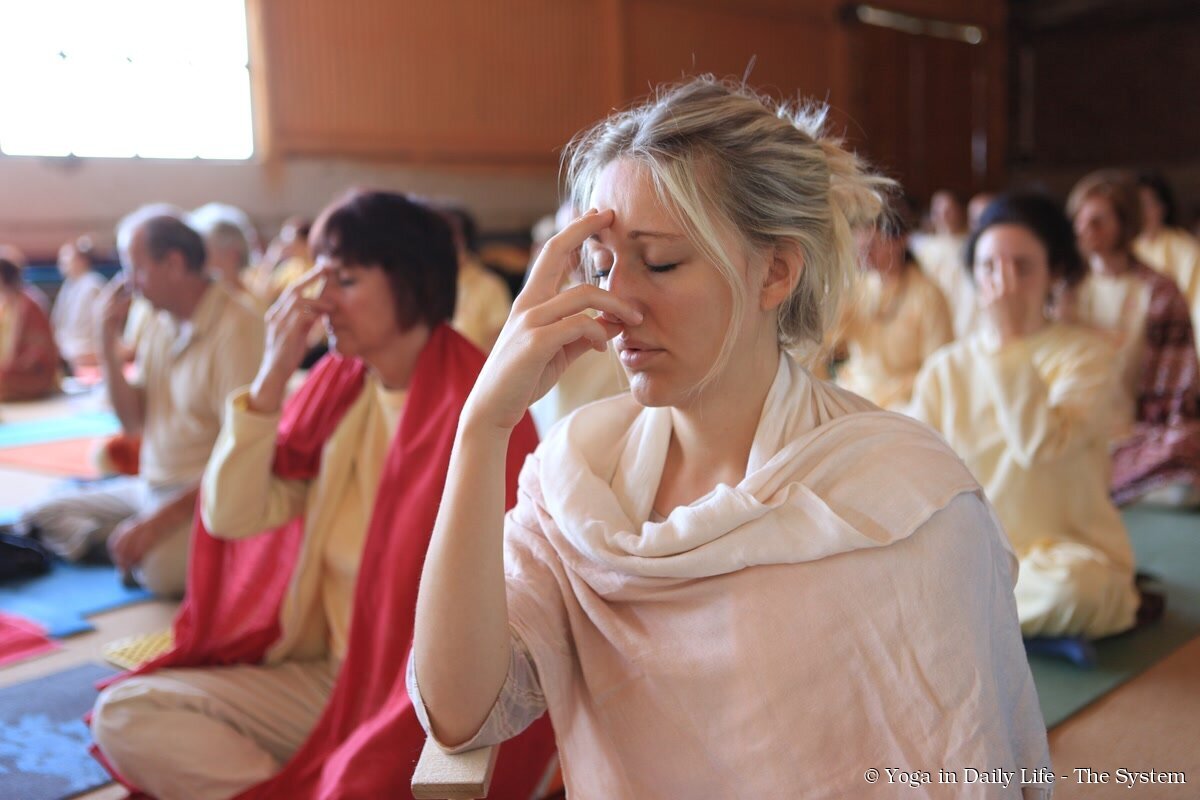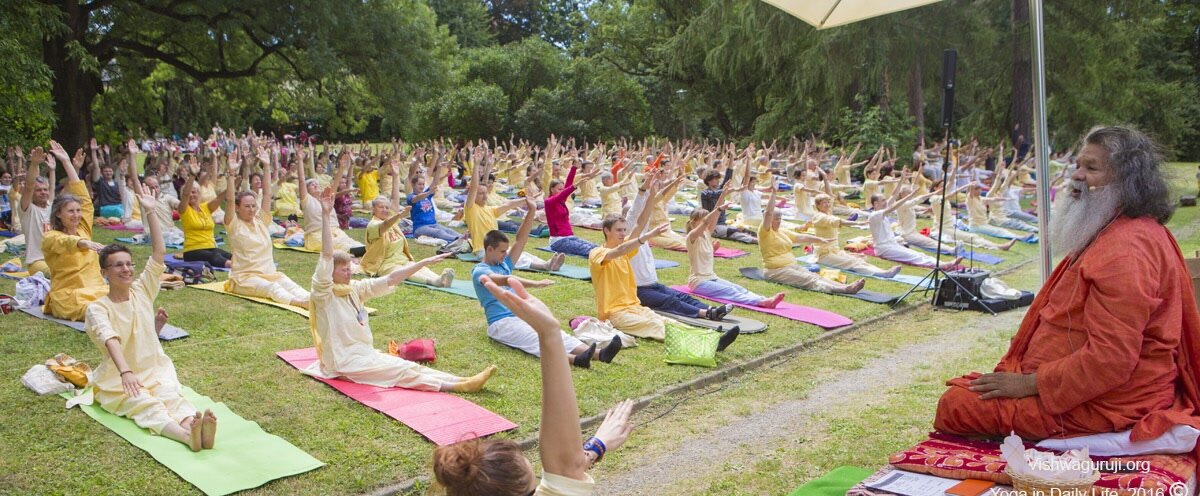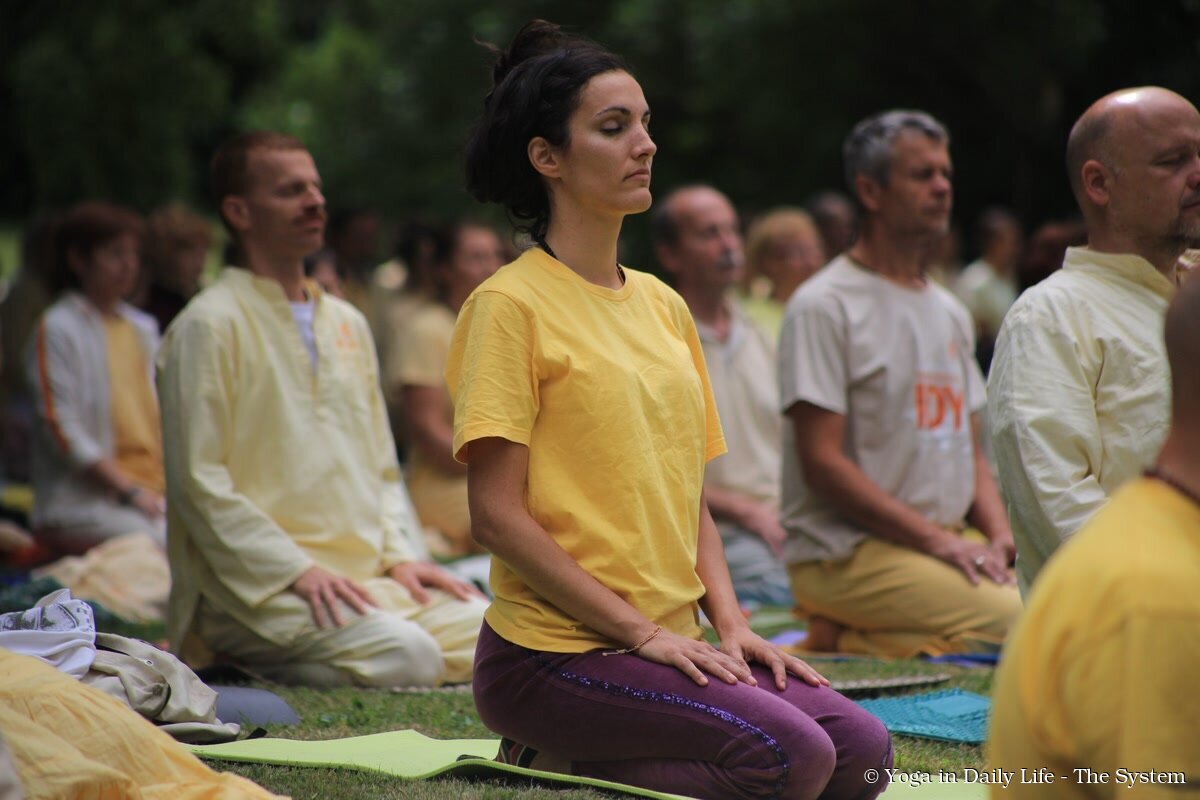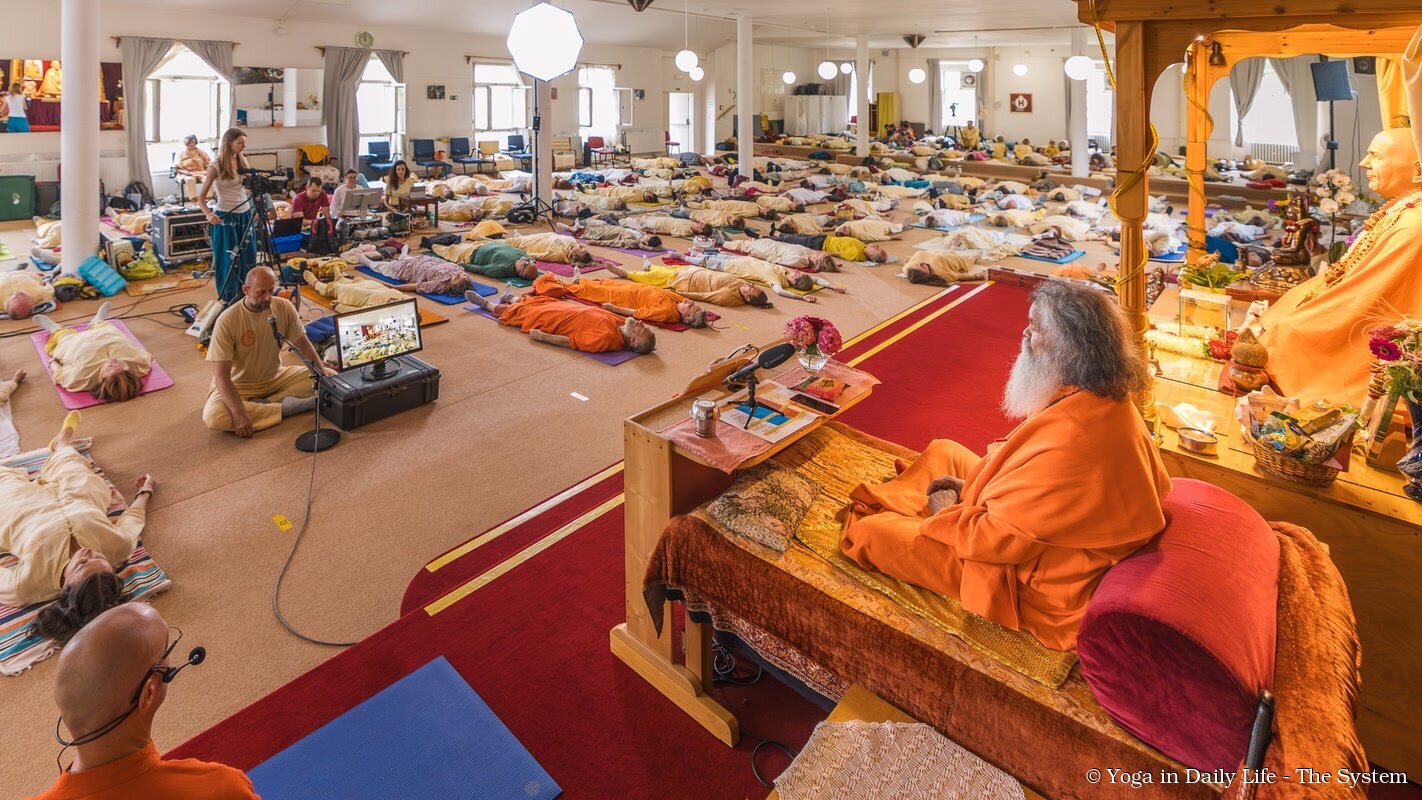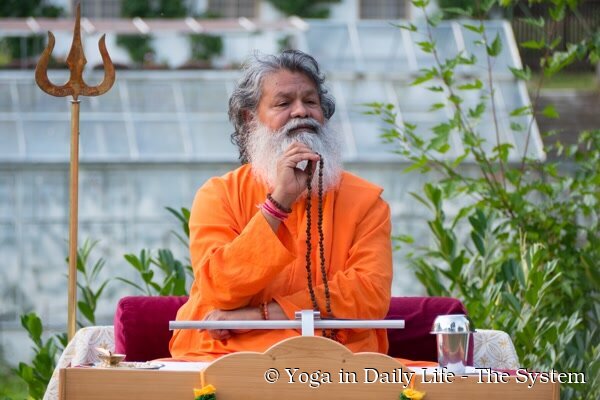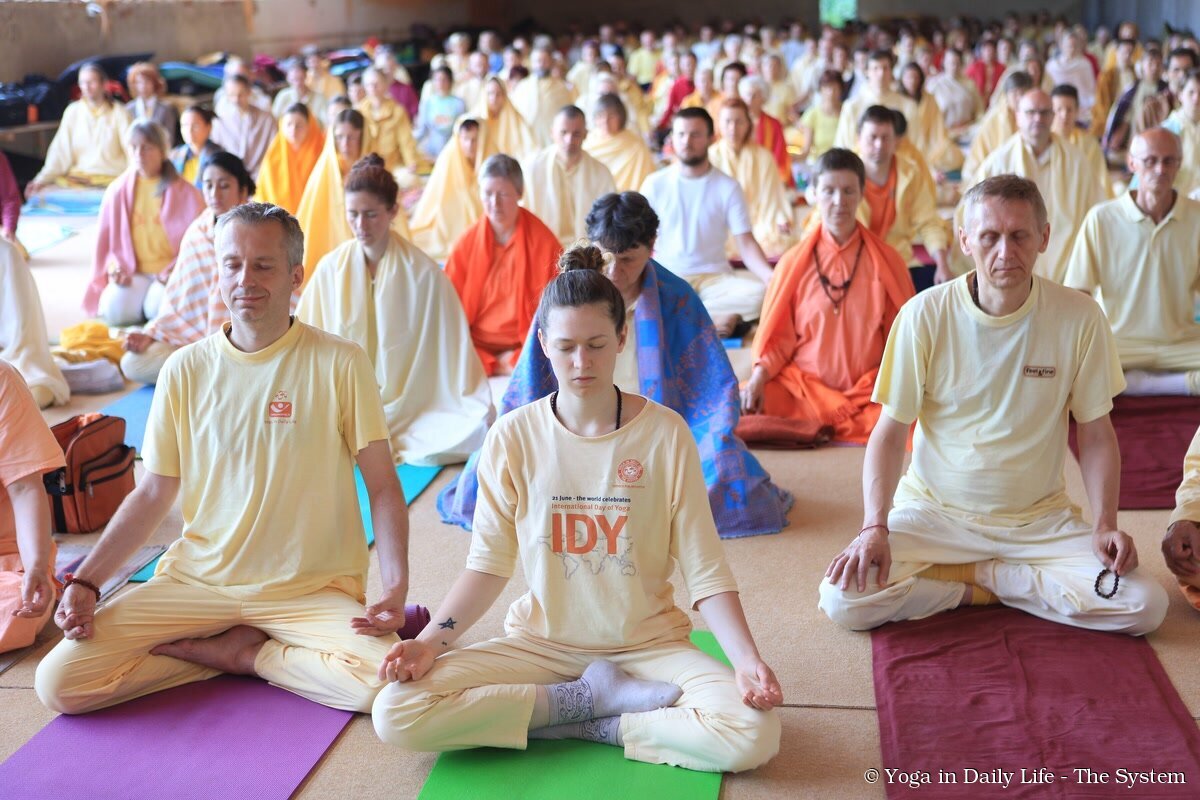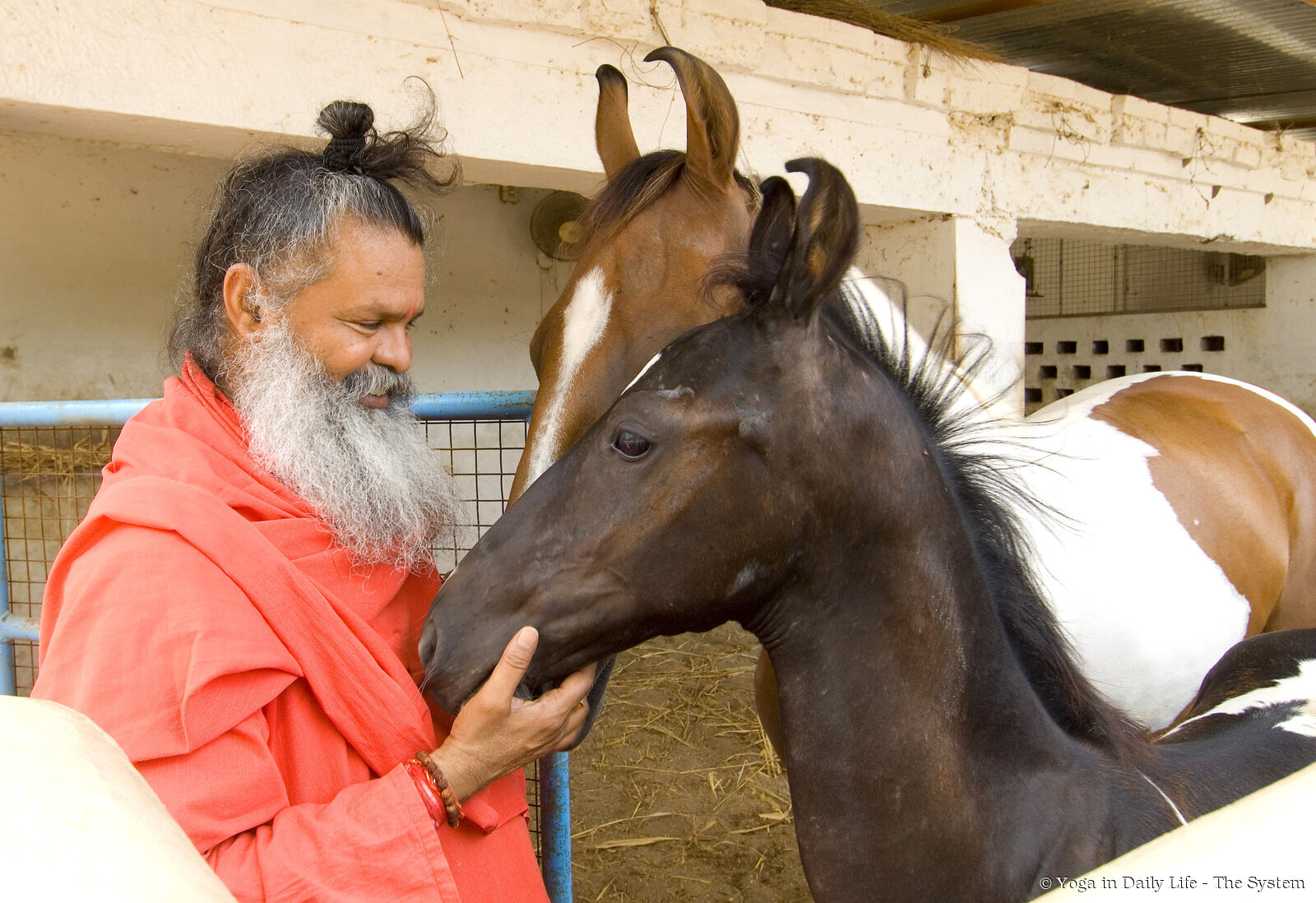International Day of Yoga – 21 June 2025
International Day of Yoga – 21 June
In September 2014, the United Nations General Assembly, following India's proposal, officially proclaimed 21 June as the International Day of Yoga (IDY). Since then, the International Day of Yoga has been celebrated worldwide to inspire people to embrace yoga as a path to better health and well-being.
Yoga in Daily Life practitioners around the world will celebrate this day with special events.
Why Does Yoga Deserve Its Own International Day?
Yoga is an ancient science of body, mind, consciousness and soul. It is universally accessible; all one needs is a peaceful space, comfortable clothes and a yoga mat or cloth to practise on. Some practitioners enhance the environment with calming music, a candle or incense. Depending on one’s physical capabilities, one can choose simpler or more advanced exercises – what truly matters is regular practice. For details, you can read the online Introduction to The System “Yoga in Daily Life”.
Our body is our "vehicle" for life in this physical world. It deserves care, to stay healthy and vital for as long as possible. The basics include hygiene, proper (preferably vegetarian or vegan) diet, exercise and rest. Daily stretching, especially of the spine, preferably outdoors in fresh air, is recommended. Even daily chores or walking can become a mindful practice when done with awareness of body movements.
In today’s world, many people are disconnected from their bodies. In yoga classes, we often see that some cannot feel their bodies or recognise tension, let alone release it. Through practice, we learn to sense tension and let go of it, using only the muscles necessary for a movement, while letting others rest. This conserves energy, enhances efficiency, and reduces fatigue.
A simple relaxation technique involves tensing and releasing muscles alternately. With practice, one can deliberately relax muscles and aid their recovery. Conversely, imagining movements of inactive muscles (e.g. in a cast) can maintain their strength by activating them mentally.
The Mind and Consciousness
The mind is said to be a good servant but a poor master. It is restless, constantly engaged, often with negative thoughts and emotions such as fear, anger, resentment, disappointment and desire. Therefore, learning to control the mind is crucial.
Repeating a mantra is a powerful tool. Common mantras include OM SO HAM ("I am That"), and OM SHANTI SHANTI SHANTI (OM peace, peace, peace). A personal mantra, received from a teacher, holds special significance.
Focusing on a mantra calms the mind and aligns it with positive goals. It can be repeated during asana practice, pranayama or meditation, or even during routine activities such as walking, waiting or household chores. Contrary to initial belief, this dual focus strengthens concentration and presence. When needed, the mind works, while the mantra plays like background music. When the mind isn’t actively needed, the mantra keeps it centred in the present moment.
This kind of mental training conserves energy and makes intellectual tasks more focused. The personal mantra also keeps us connected with our teacher, serving as a guidepost and moral compass, helping prevent harmful behaviour. It reminds us that our true role as humans is to protect and preserve life, not to exploit or destroy it.
Expanding Awareness and Finding Purpose
Consciousness helps us understand who we are, what we do, and how our actions affect others. Yoga practice expands our consciousness, enabling us to foresee the consequences of our actions. This awareness is cultivated especially through meditation, often supported by mantra repetition.
Our teacher, Vishwaguru Paramhans Sri Swami Maheshwarananda, encourages us to awaken every morning with the awareness: "I am a human being." Our task is to preserve, not destroy. We should nurture qualities like understanding, compassion, forgiveness and kindness.
In the system Yoga in Daily Life, we practise Self-Inquiry Meditation, which quietens the mind and deepens awareness. We begin by focusing on bodily sensations, then breathing and heartbeat. Reflecting on our day enhances memory. Through visualisation and analysis of our qualities, we develop a positive relationship with ourselves. We are encouraged to overcome our weaknesses not with self-criticism but by focusing on our strengths.
We are more than our bodies. Meditation helps us understand the true purpose of life, revealing who we really are and what our soul, our true Self, is. We realise that we are all one – every action toward others reflects back on ourselves.
The core principle of yoga is ahimsa, non-violence, or love in the broadest sense. Being truly human means supporting and cooperating with others, not harming or causing suffering.
The more of us who live this way, the sooner we can transform the negative into positive. In today’s world, with over fifty armed conflicts ongoing, yoga offers a path to peace. But it all starts with each individual. By developing our positive traits and focusing on what makes us truly human, we contribute to a better world.
Author: Dr Vojka Bole-Hribovšek, DVM
Certified Yoga Teacher (Yoga in Daily Life – The System)
